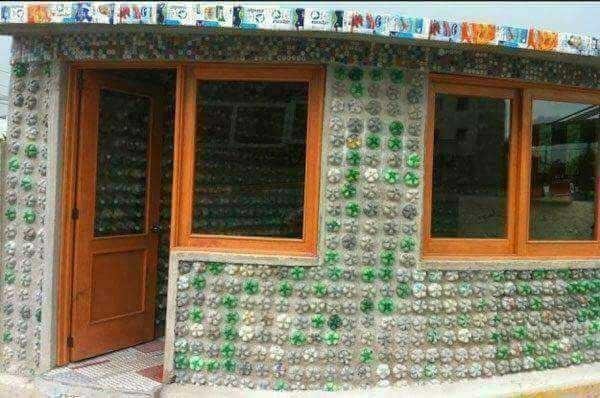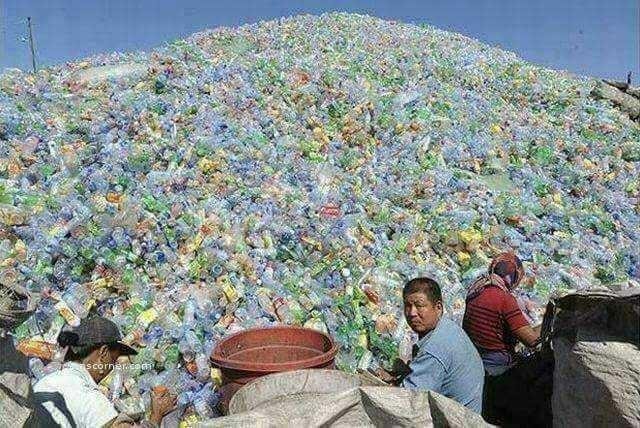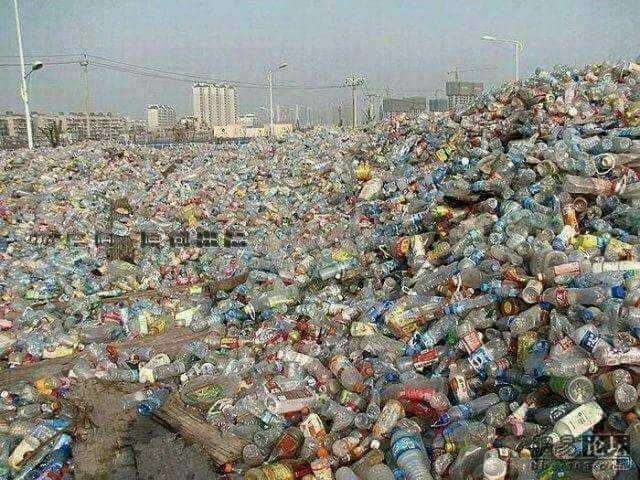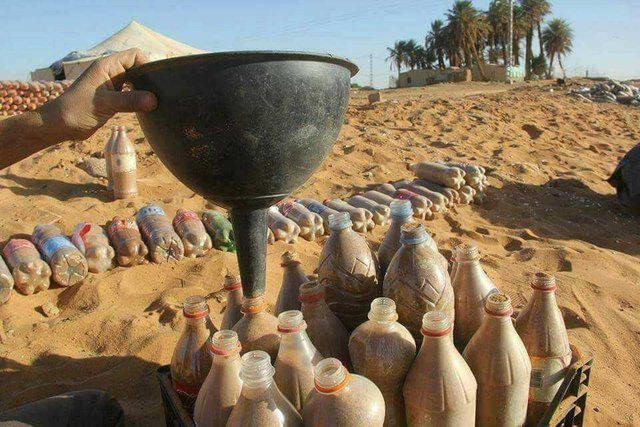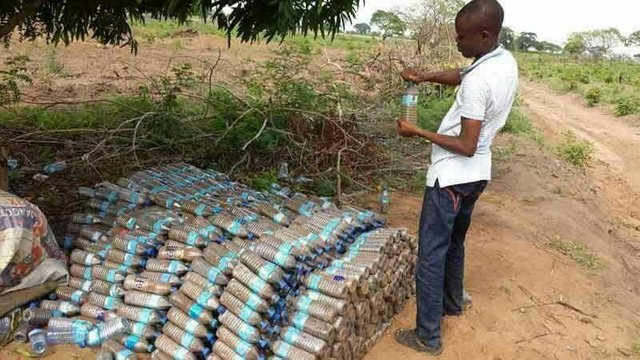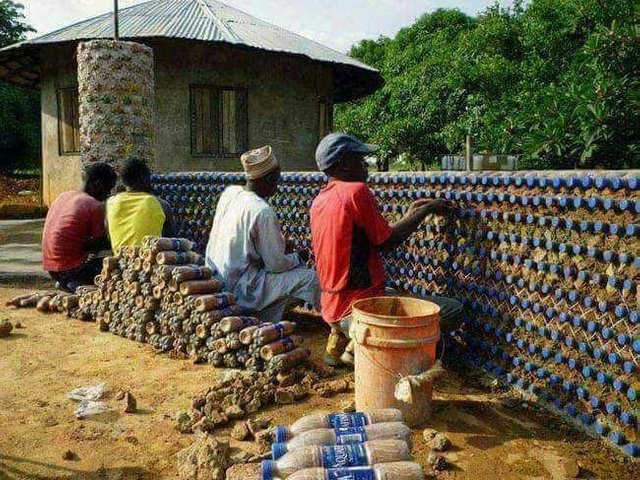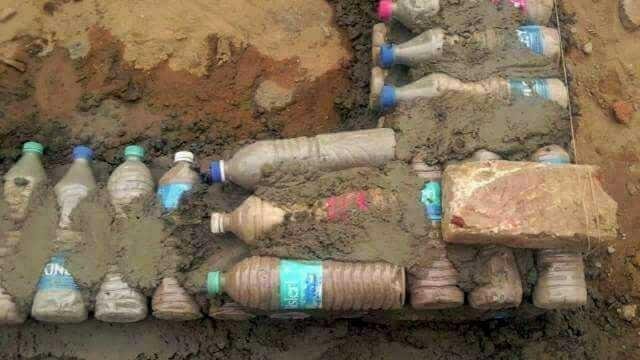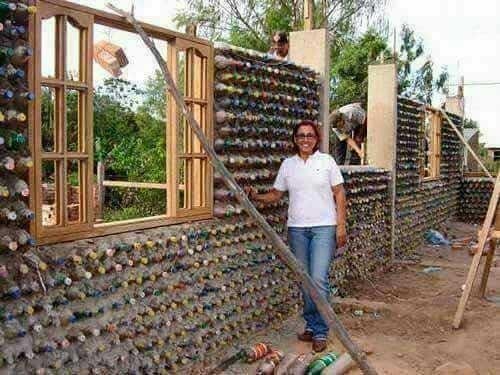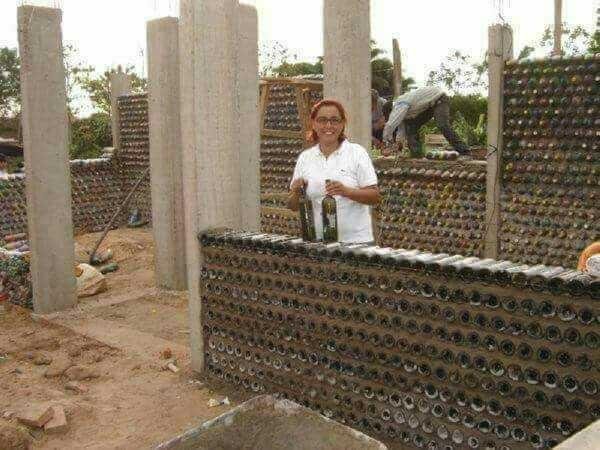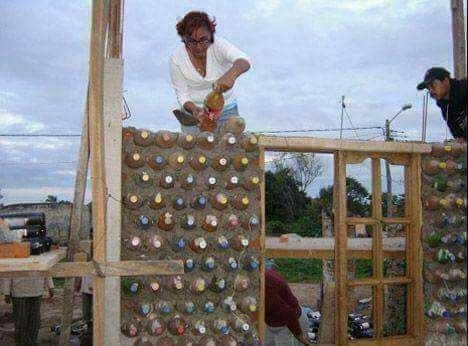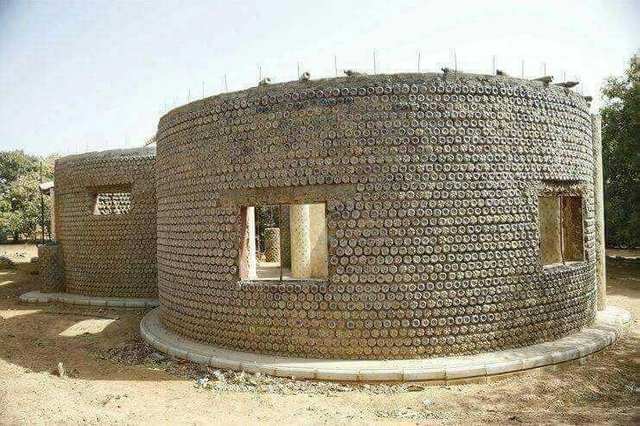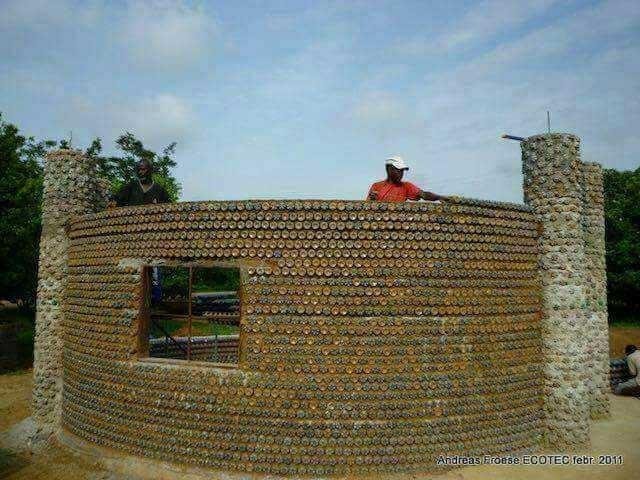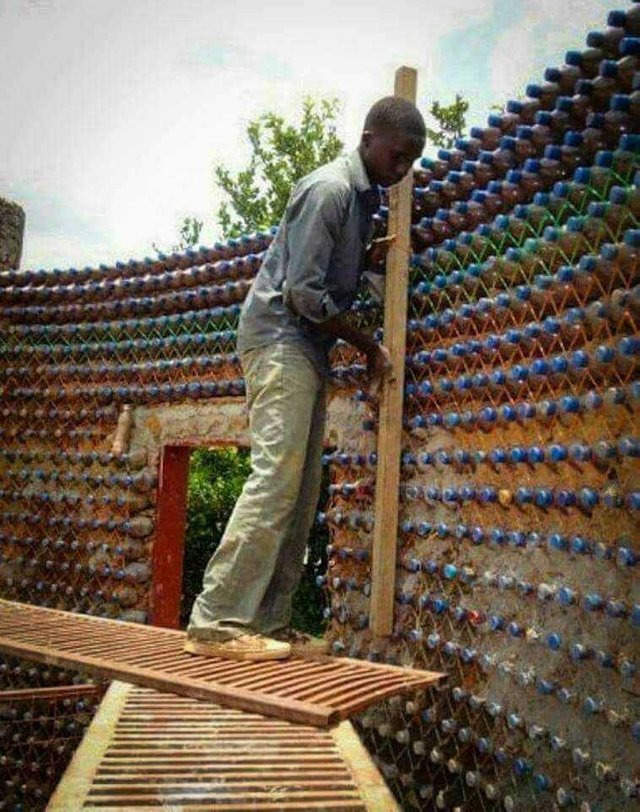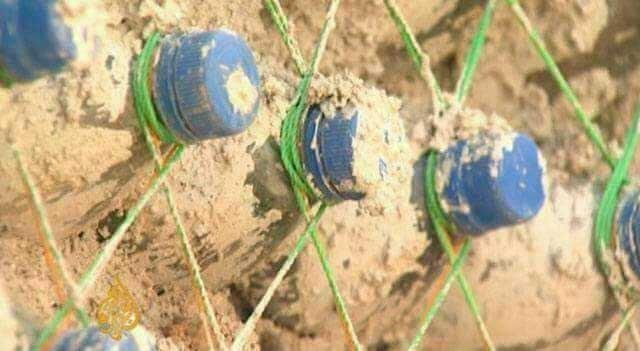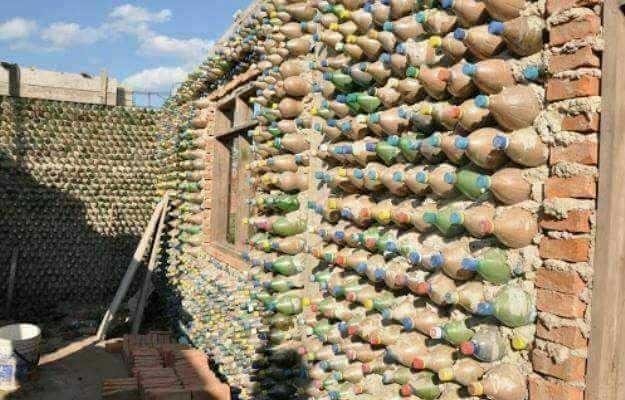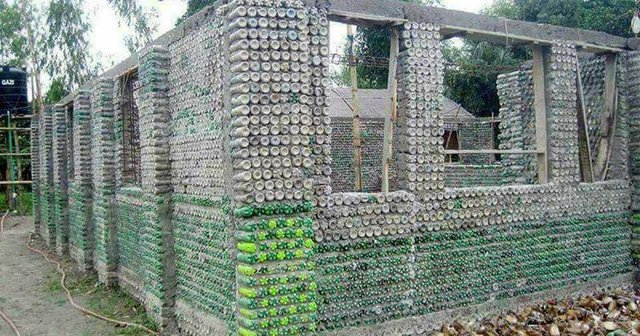Home From Used Bottles
Wood or bamboo is commonly we find as a material to make the building. Similarly, brick or even concrete. However, have you ever imagined to build a house from a plastic bottle?
It is this project that is beginning to be occupied in many areas, especially in developing countries. Plastic bottles become an option because now there is abundance. Every day, millions of people drink bottled water. Thus, millions of bottles also end up in the mountains of garbage every day.
Just like any other plastic waste, bottles will not rot and decompose on their own. If thrown away or just burned, it will only add to pollution, either soil pollution, water, or air.
Therefore, recycling is the best option to deal with plastic waste. Use it as a building material so one way of recycling is still being developed.
In Nigeria, for example, since 2011 has begun to popularize the construction of houses using plastic bottles as the main ingredient. Environmental activists and civil engineers popularize this idea to the local community and teach its development techniques.
They fill plastic bottles with dry soil or debris of old building materials. The bottles were then arranged like bricks and glued to each other with mud batter. To build a house with three rooms, it takes approximately 7,800 bottles.
With this simple technique, an established home has several advantages. For example, anti-earthquake. In addition, given Nigeria is a conflict-prone country, bottle houses are also profitable because of their anti-bullets.
For us in Indonesia, such bulletproof qualities are probably not so needed. But the bottle used to build a house is still an interesting idea and worth a try.
Not only is this alternative material more cost-effective, but also more environmentally friendly. The more efforts we make to use or recycle the plastic waste, the better it will be to overcome the problems caused by garbage.
This environmental campaign is also trying to echo through the construction of plastic bottle building elsewhere, namely in Taipei. A year before the project in Nigeria began, architect Arthur Huang designed a center building activity called EcoARK. This three-story building even has an amphitheater and exhibition hall.
To campaign for environmentally friendly development, EcoARK is built by utilizing approximately 1.5 million plastic bottles. In this way, the building is expected to echo the messages of nature conservation: reduce (reduce the use of goods that waste resources and contribute to environmental damage) reuse (reuse of used goods), and recycle (waste recycling- waste into useful new items).
Well, because the environmental campaign has now become the affair of all people, we in Indonesia may also be able to start considering the benefits of these garbage as a quality building material.
Until this is where my post or delivery on this occasion may be useful for us all. Good luck and good luck.
